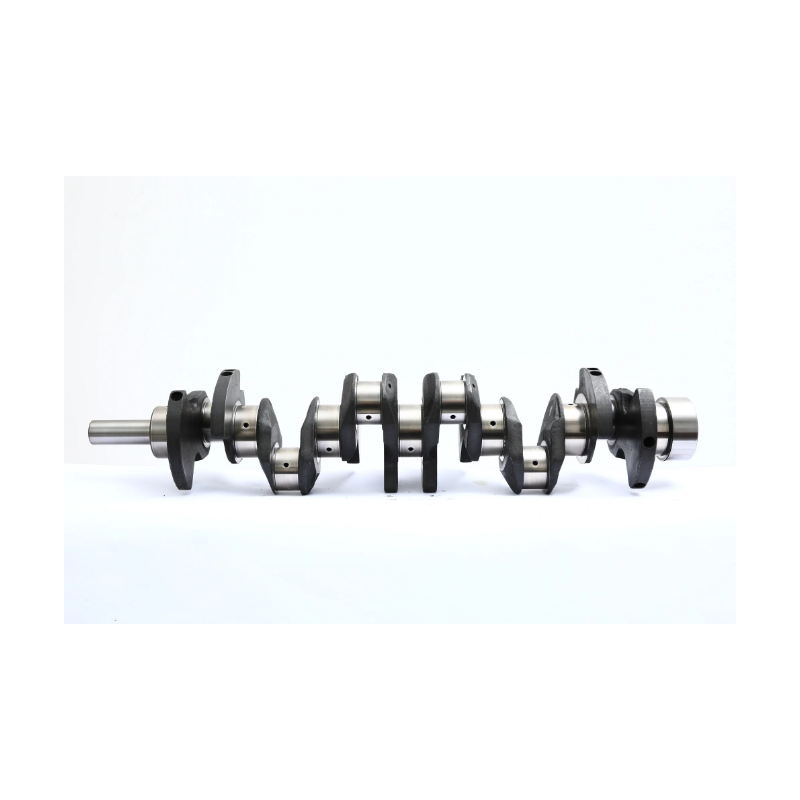Table of Contents
ToggleCrankshaft Supplier & Manufacturer
Chinese FEDA is a distinguished supplier and manufacturer in the crankshaft industry. We specialize in the production of high-quality, durable, and high-performance crankshafts. With the utilization of advanced technology and superior materials, our products ensure optimum functionality and longevity. Our robust supply chain, combined with our customer-centric approach, enables us to deliver superior products and service worldwide. Trust in Chinese FEDA for all your crankshaft needs – where quality meets excellence.
-
Crankshaft 4340 Billet 94mm Stroke Turbo Tuff Series Mitsubishi Evo X MY08-16
Crankshaft$4.60$1.50Rated 0 out of 5





















